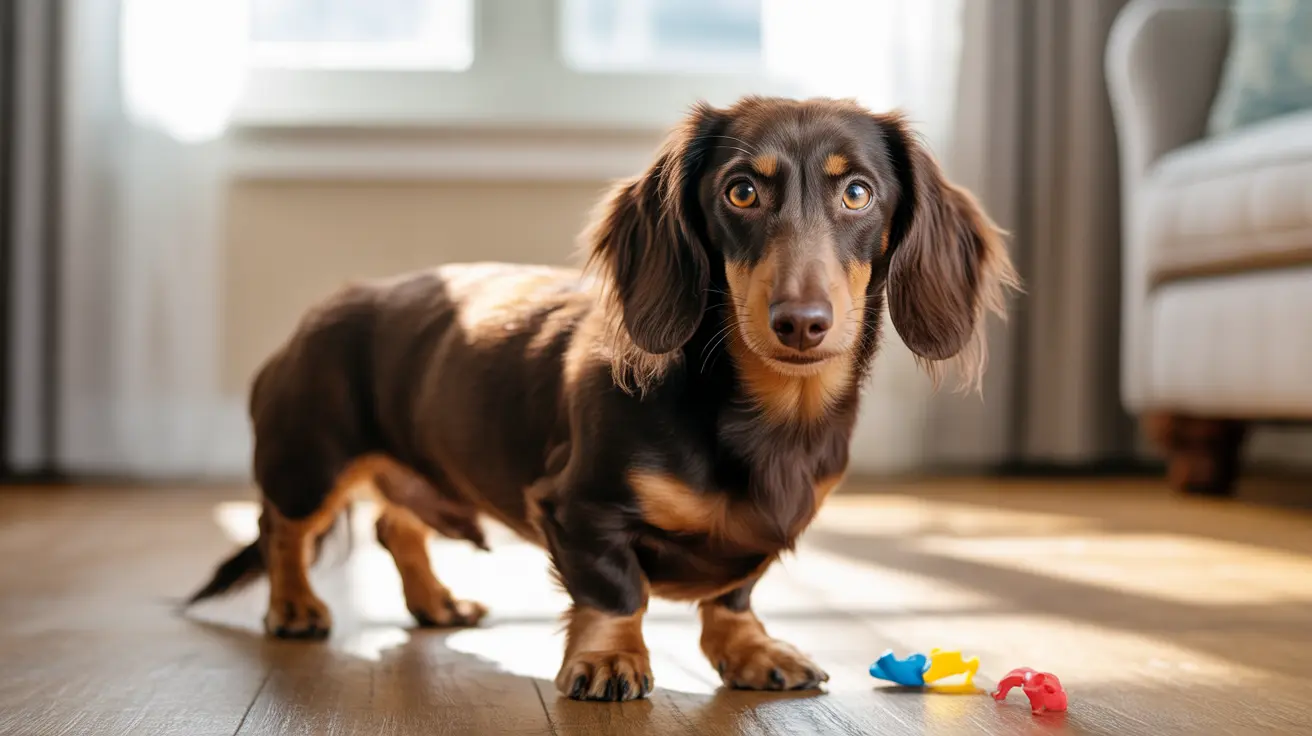Can an Aggressive Dog Become Friendly? Understanding and Rehabilitating Canine Aggression
Many dog owners face the concerning issue of aggression in their pets. The good news is that with patience, consistent training, and in many cases, professional support, aggressive dogs can change their behavior and become more sociable and friendly companions.
Understanding Dog Aggression
Aggression in dogs is more than just biting or growling—it includes a broad range of behaviors such as:
- Growling or snarling
- Snapping or biting
- Stiff body posture or freezing
- Lunges or charges
- Mouthing without pressure
Understanding the root cause is essential. Aggression often results from fear, anxiety, lack of socialization, defensiveness, or underlying medical conditions. It may also develop from traumatic experiences, neglect, or abuse.
Types of Dog Aggression
Aggression manifests in different forms. Identifying which type your dog exhibits is essential for effective treatment:
- Fear-Based Aggression: Triggered by perceived threats, rooted in insecurity.
- Territorial or Protective Aggression: Aimed at protecting their space or humans.
- Possessive Aggression: Relates to guarding food, toys, or people.
- Dominance Aggression: When the dog tries to assert control over others or situations.
Recognizing Triggers and Warning Signs
Dogs usually signal discomfort before reacting aggressively. Watch for subtle cues like:
- Avoiding eye contact
- Tail tucking
- Stiff body posture
- Pinned-back ears
Common triggers might include:
- Strangers or unfamiliar dogs
- Loud noises or sudden movements
- Specific environments or situations
Crucial Management Strategies
Managing an aggressive dog requires a comprehensive approach that prioritizes safety and structure:
- Use secure gear like harnesses, double-ended leashes, or muzzles during walks.
- Maintain a predictable routine with regular exercise and mental stimulation.
- Supervise interactions and limit exposure to stressors.
- Create a safe retreat at home where your dog feels secure and undisturbed.
Desensitization and Counterconditioning
Behavior modification techniques help change how a dog responds to triggers:
- Identify the trigger—and initially avoid it whenever possible.
- Introduce the trigger from a safe distance while paired with high-value rewards like treats or toys.
- Gradually decrease the distance over time as your dog gains confidence and remains calm.
This step-by-step approach reshapes the dog’s emotional response from fear or aggression to neutrality or even enjoyment.
Structured Socialization Techniques
Socializing an aggressive dog isn’t immediate—it’s a slow and deliberate process:
- Begin with parallel walks near calm, non-reactive dogs.
- Reward calm behaviors and only decrease distance when the dog stays relaxed.
- Keep all introductions short and positive.
Always end sessions on a positive note and avoid overwhelming the dog with too much, too soon.
What Not to Do
Punishment often backfires in aggressive dogs. Avoid:
- Yelling or hitting
- Physical corrections like alpha rolls
- Flooding the dog with overwhelming triggers
These approaches can increase fear and make behaviors worse. Instead, use positive reinforcement and clear boundaries.
The Role of Professionals
In most cases, aggression requires the support of experts like:
- Certified animal behaviorists
- Veterinary behaviorists
- Force-free dog trainers experienced with aggression
Professionals can help diagnose underlying medical issues, build structured training plans, and—in some cases—recommend supplements or medications to ensure safety and progress.
Hope and Realistic Expectations
Not all aggressive dogs will become perfectly sociable, but most can show notable improvement. Key strategies for long-term success include:
- Documenting progress regularly
- Setting clear, staged goals
- Continuing structured routines to reduce unpredictability
- Rewarding all desirable behaviors
Every step forward counts, whether it’s calmly passing another dog on a walk or learning to relax at home with guests.
Conclusion
Rehabilitating an aggressive dog into a friendly companion is a journey that requires time, trust, and consistency. While the path is not always linear, the transformation is possible and deeply rewarding when managed with compassion and commitment.





